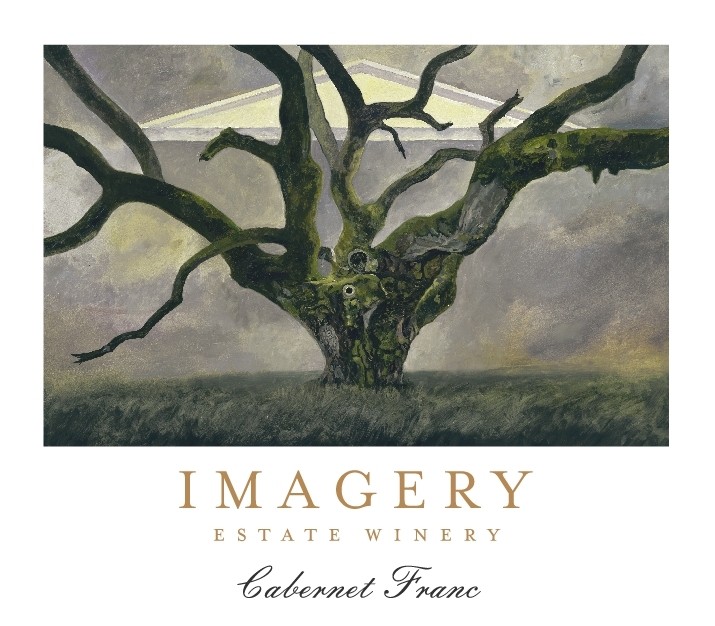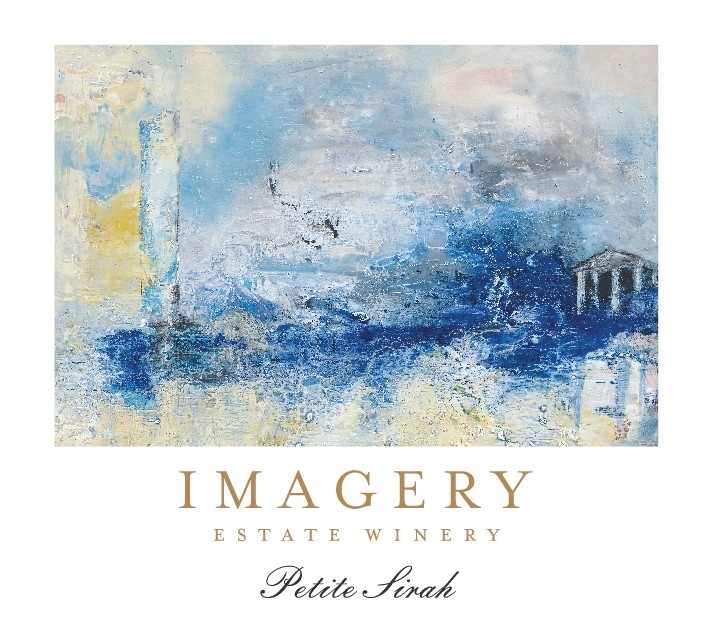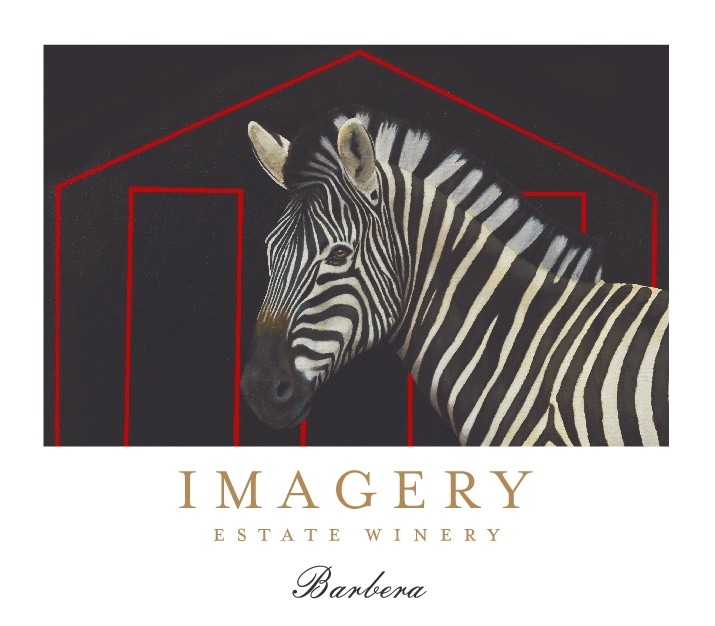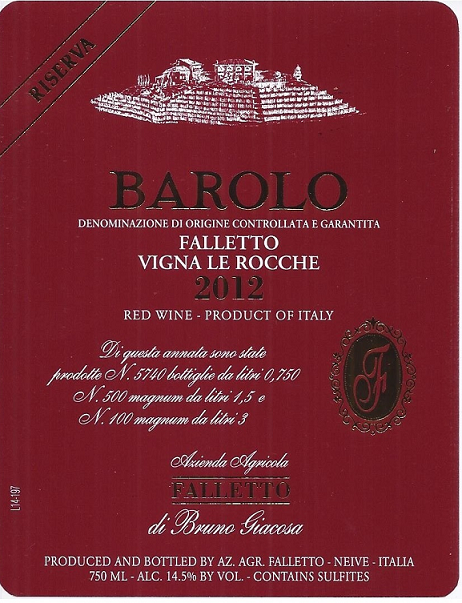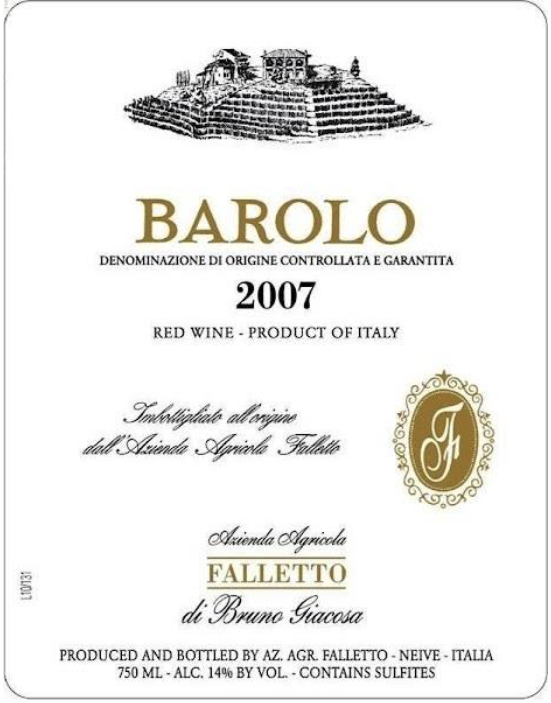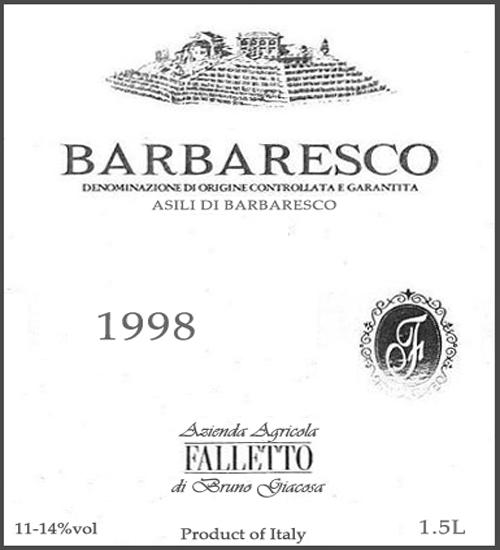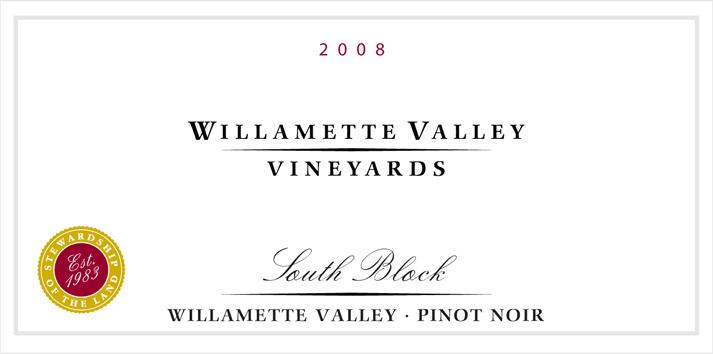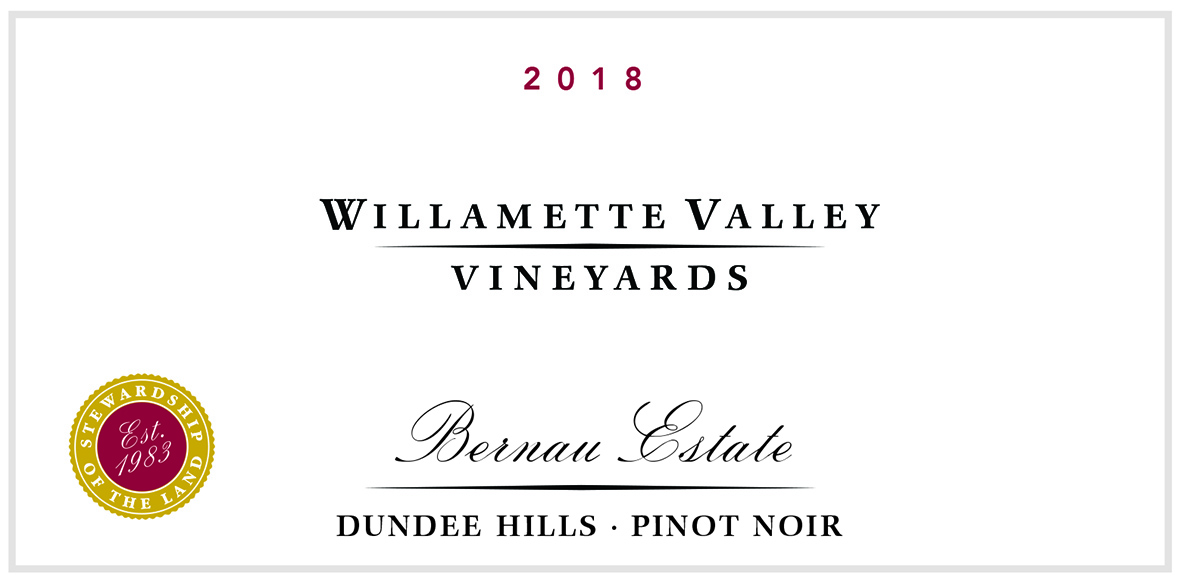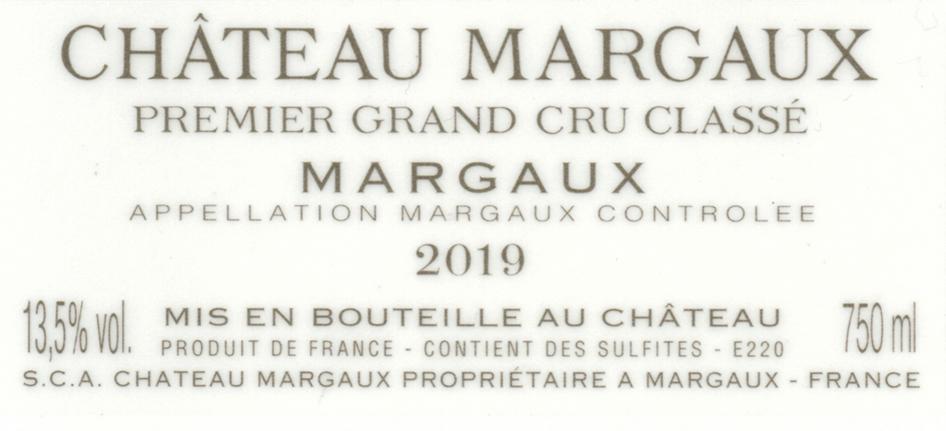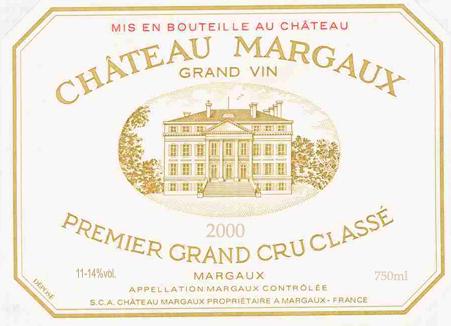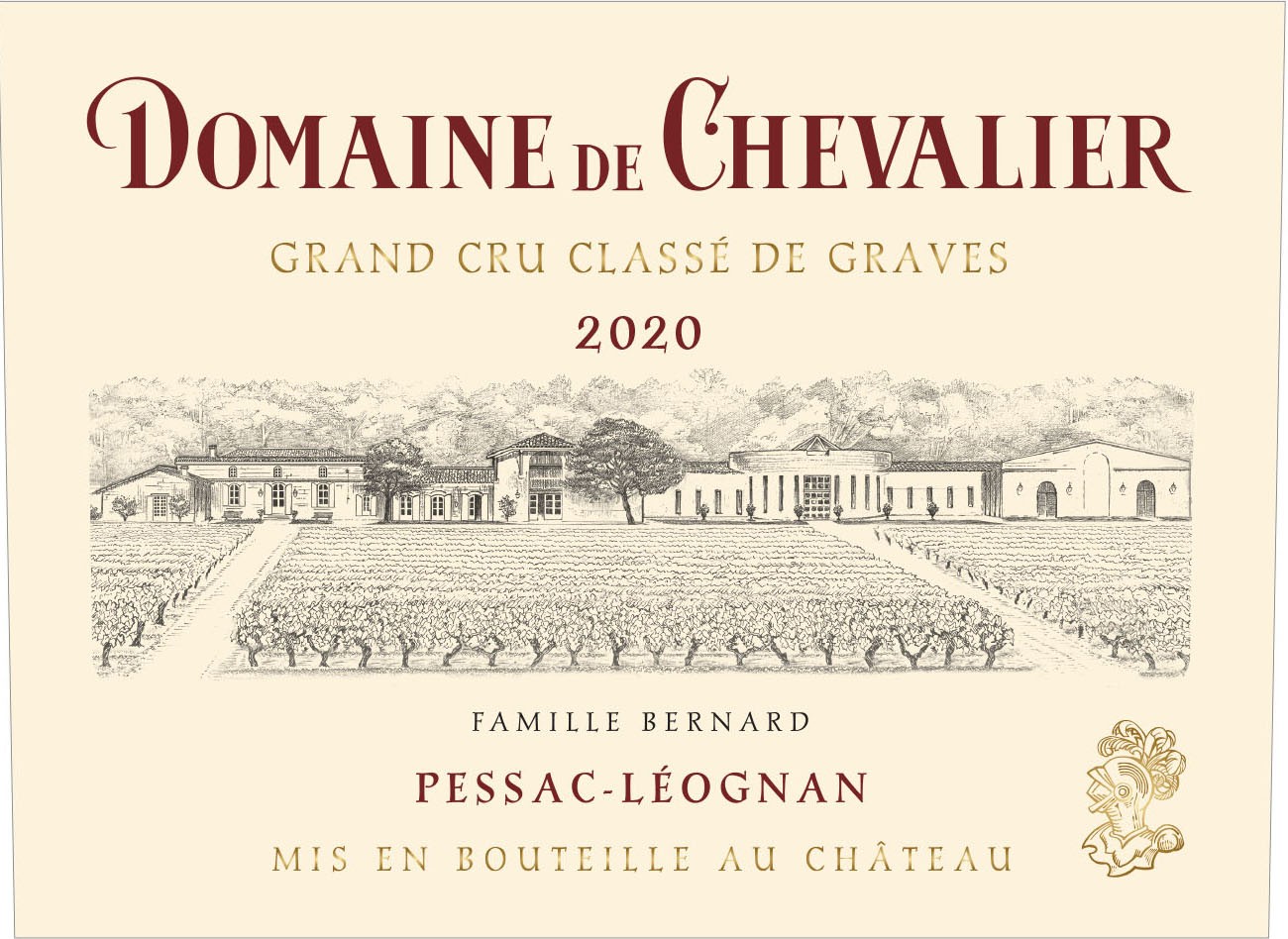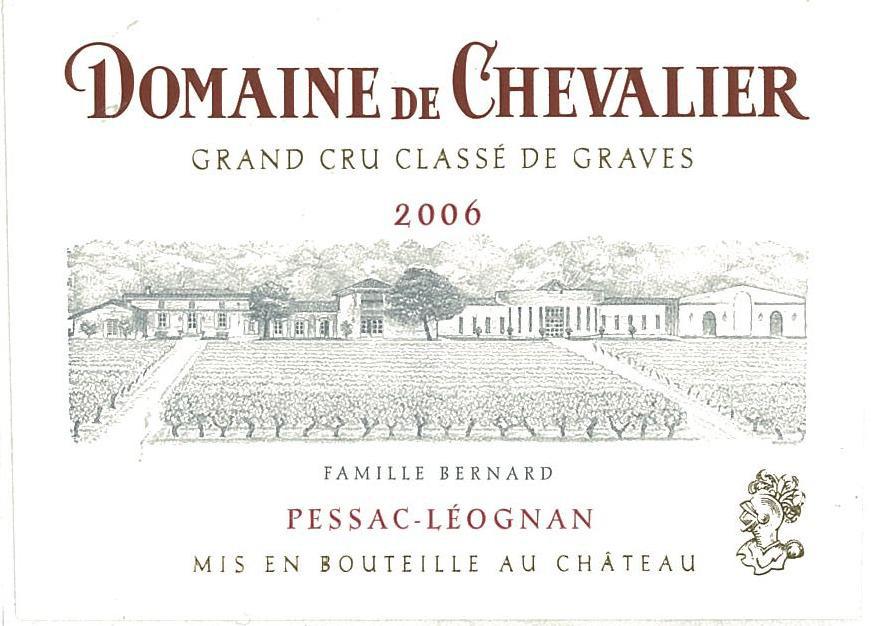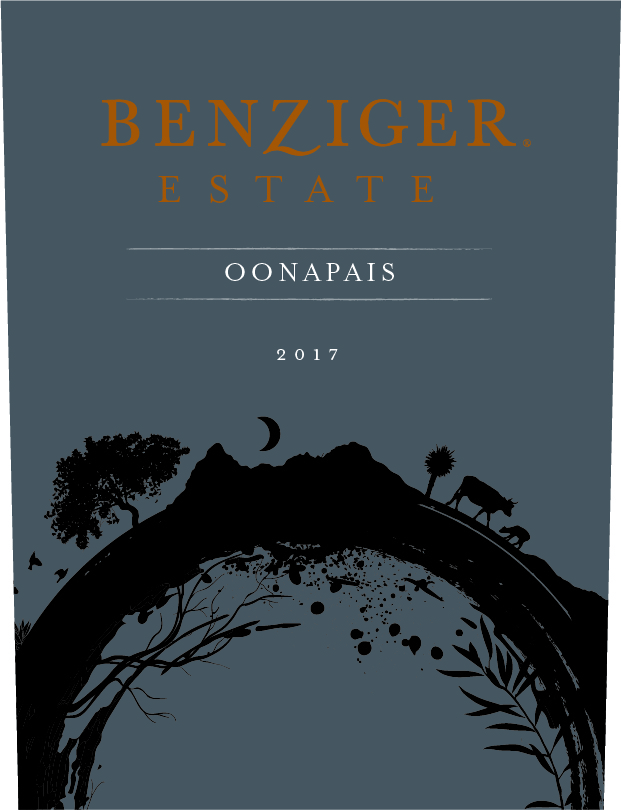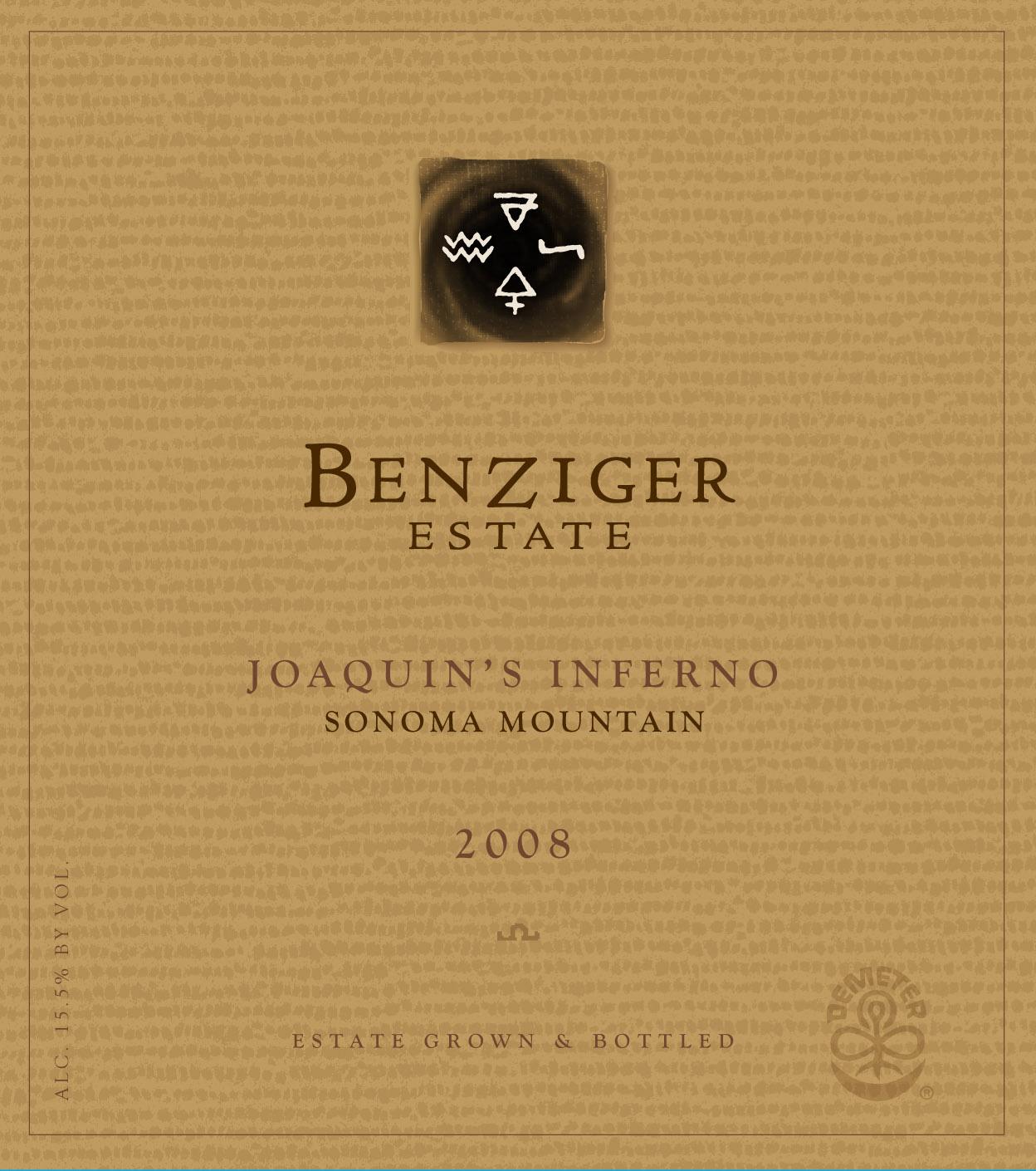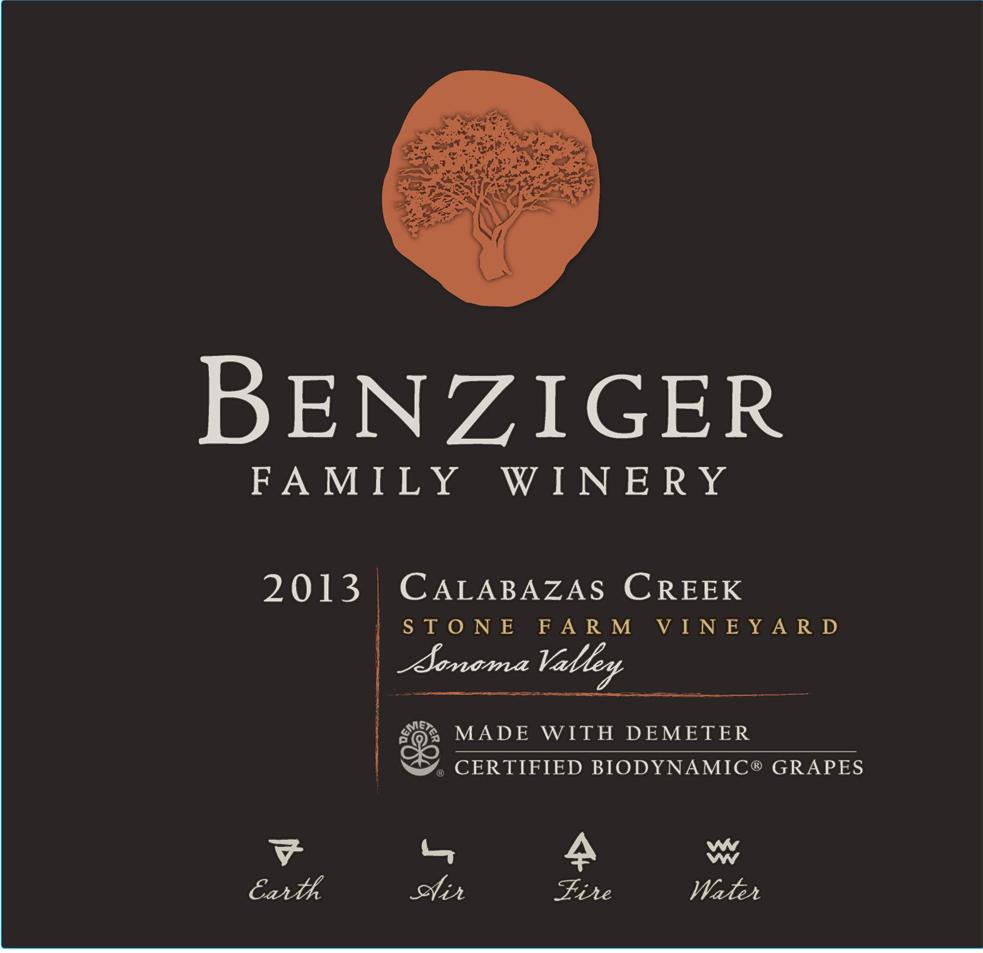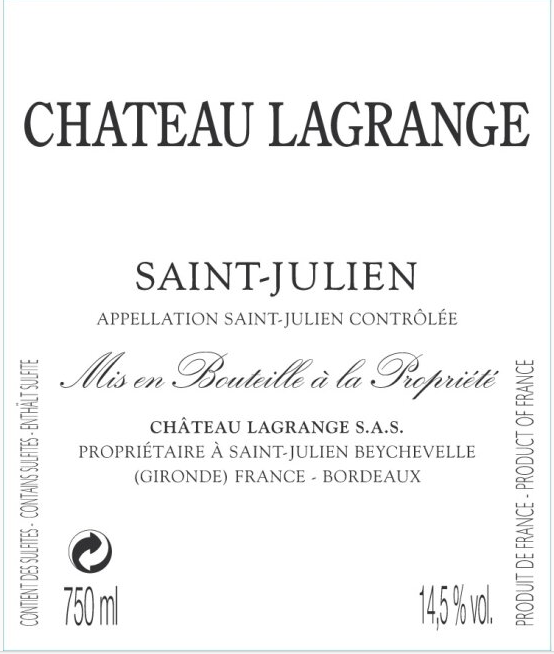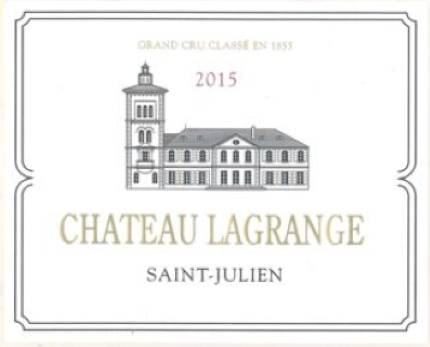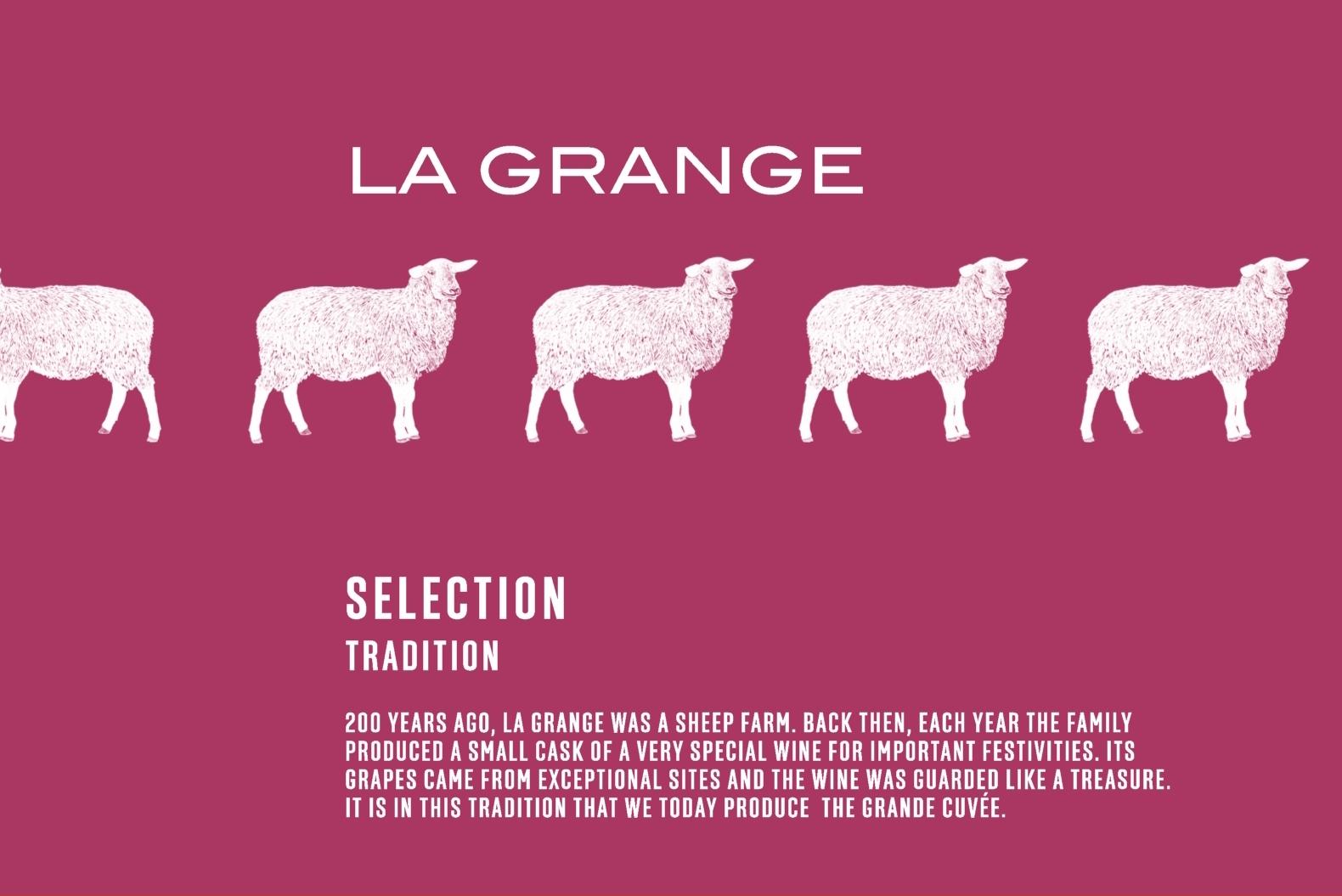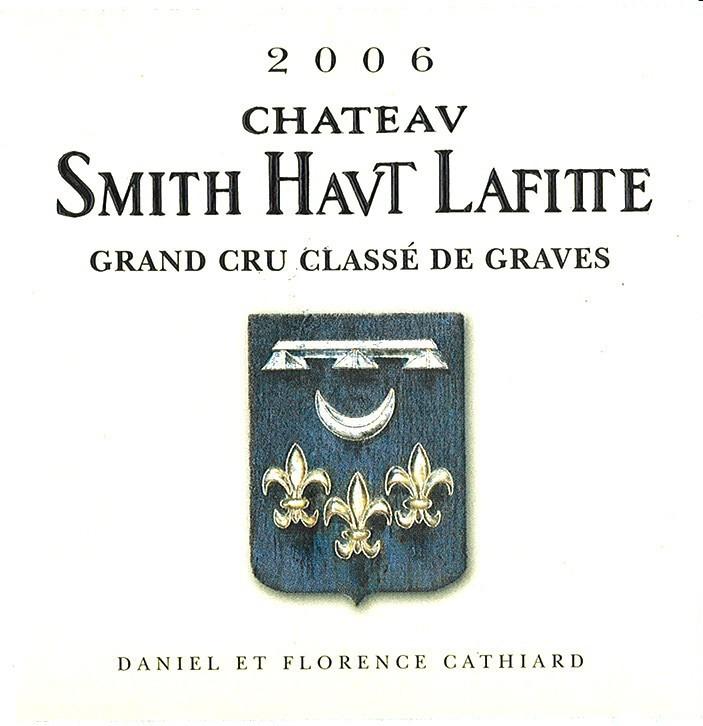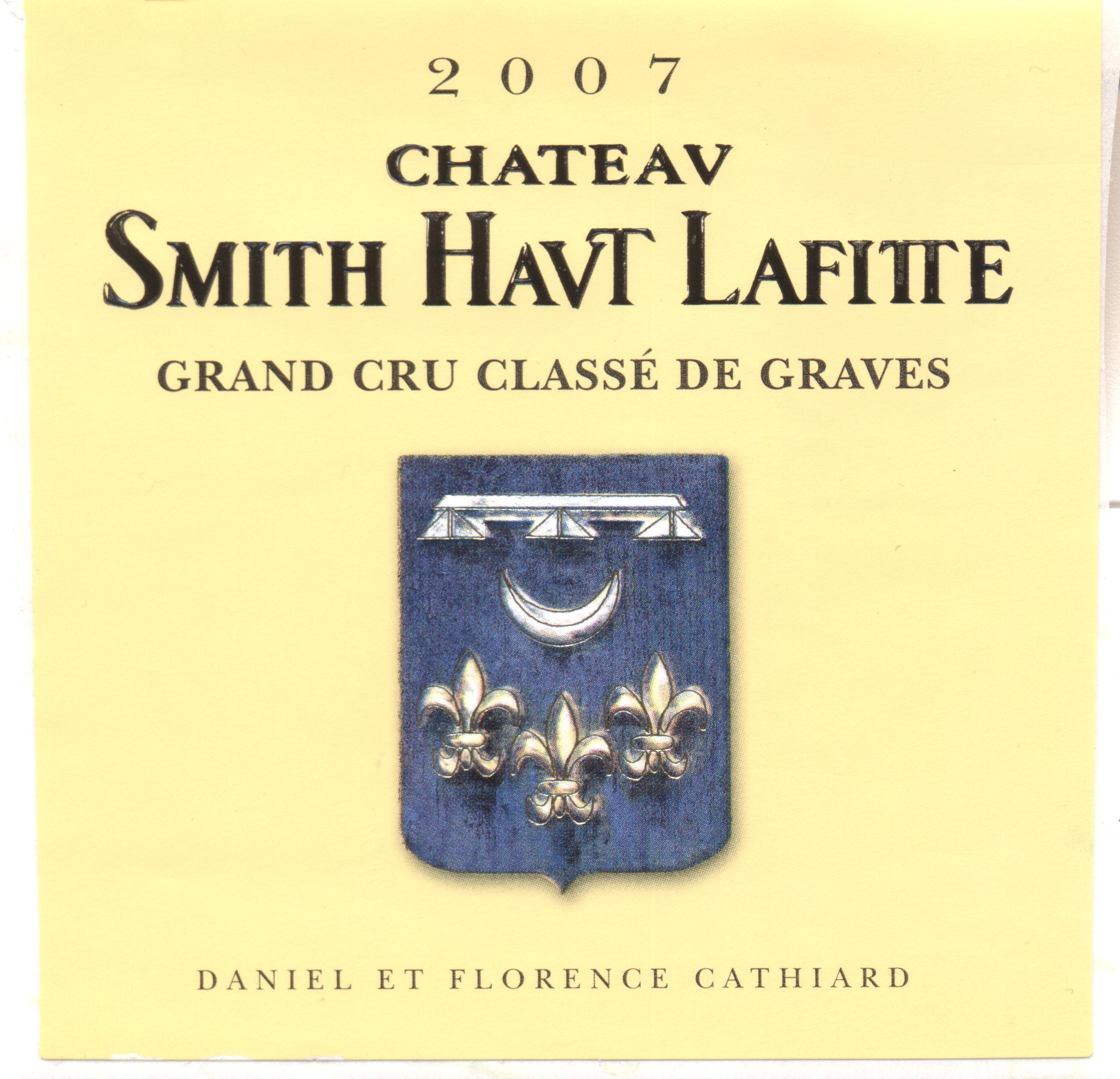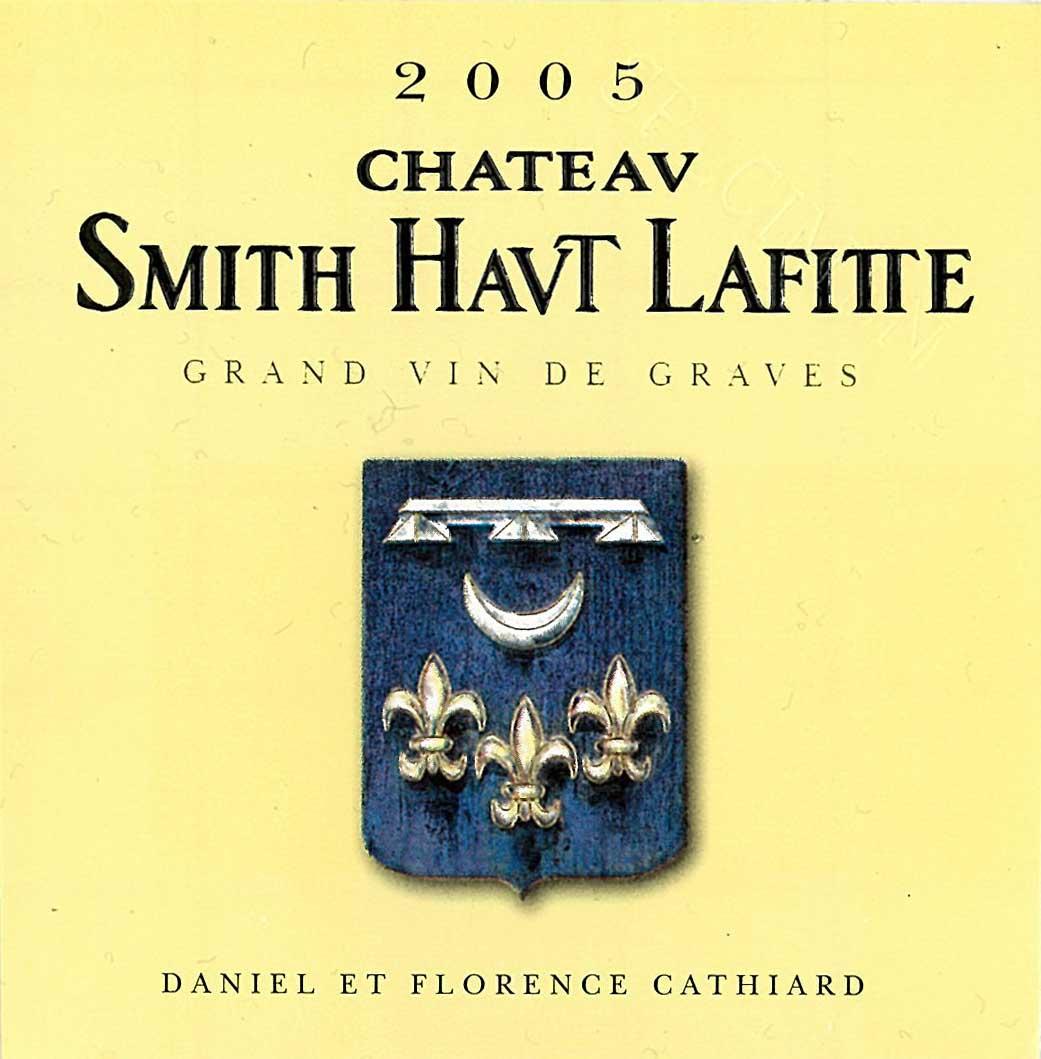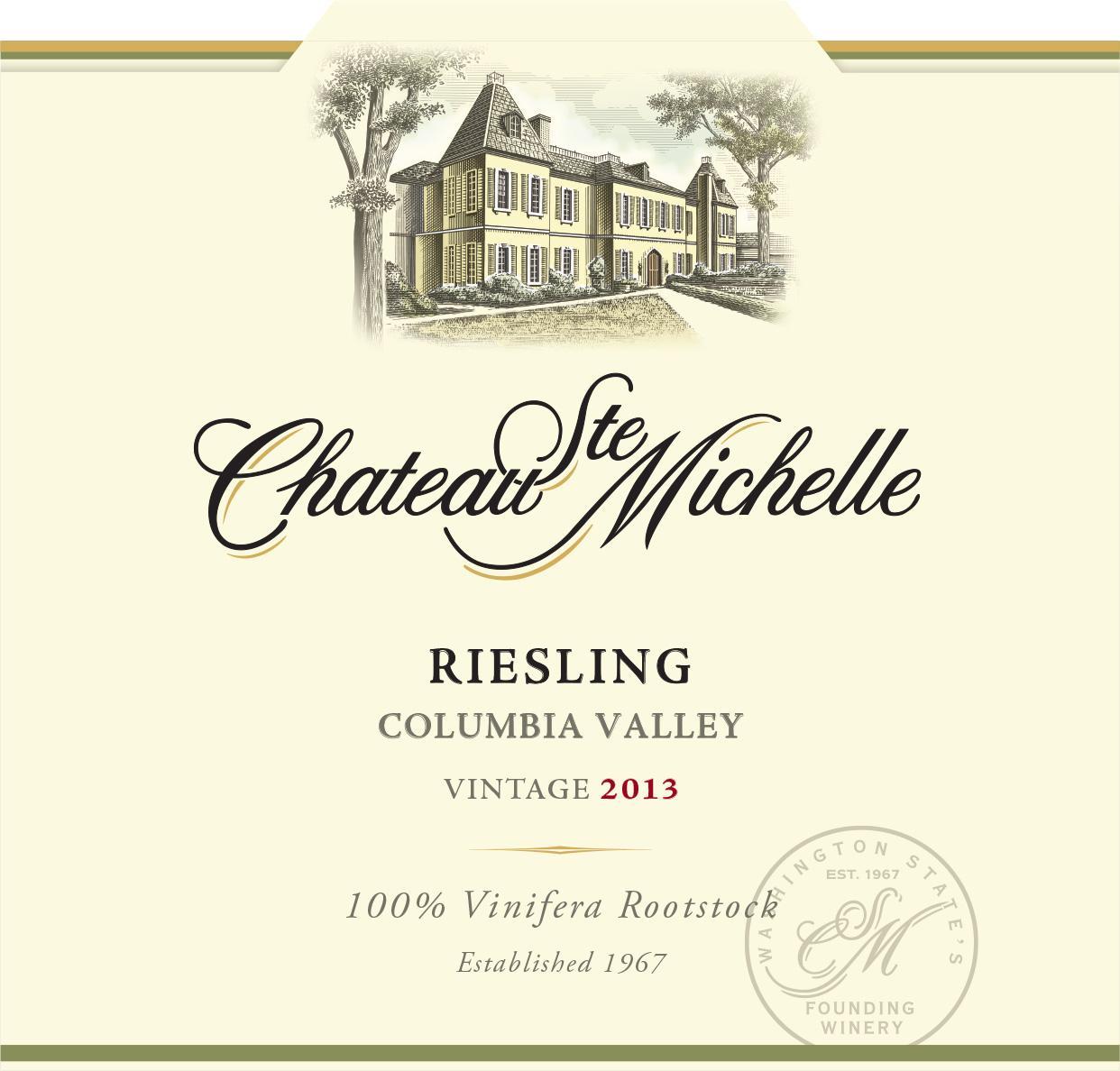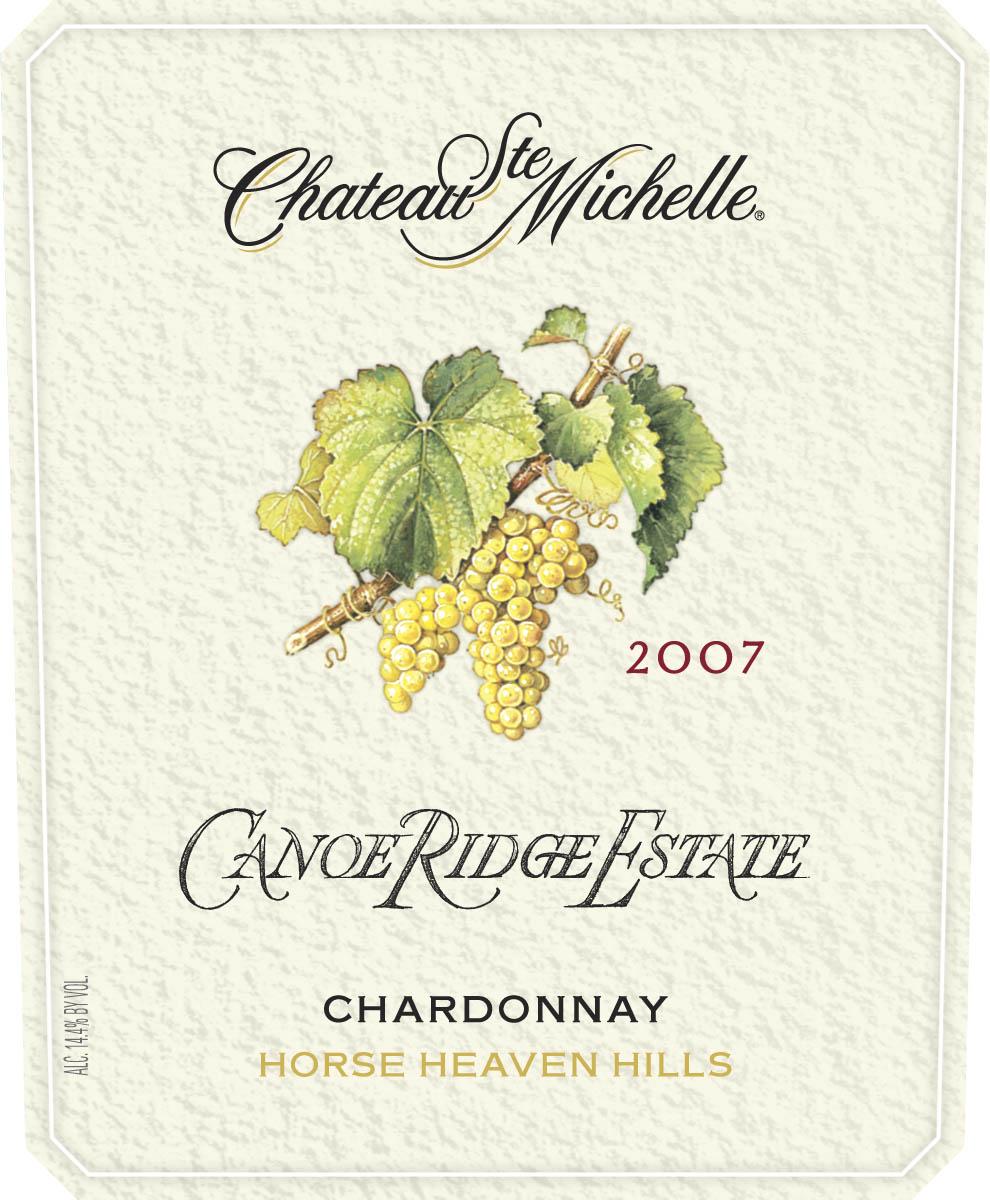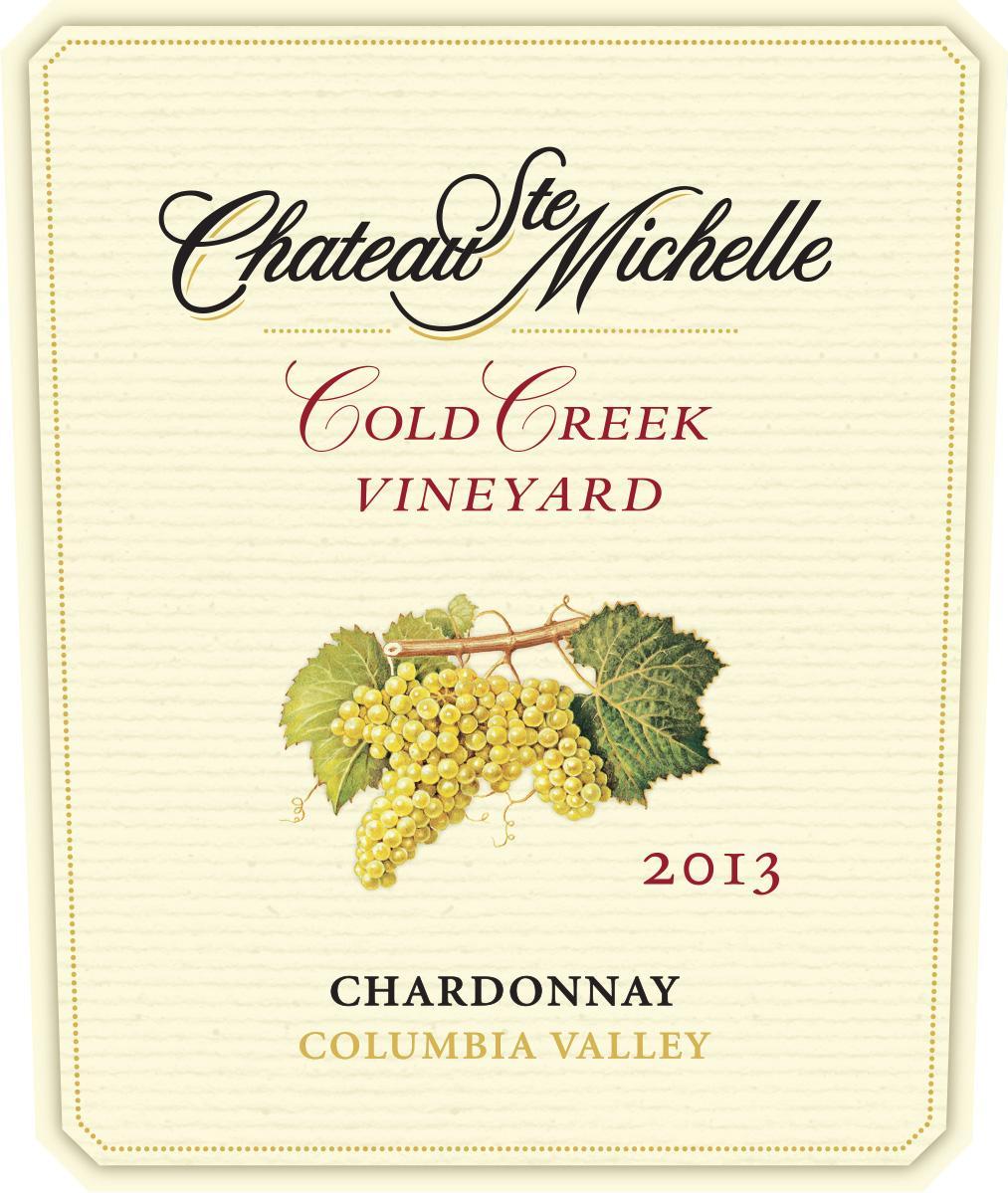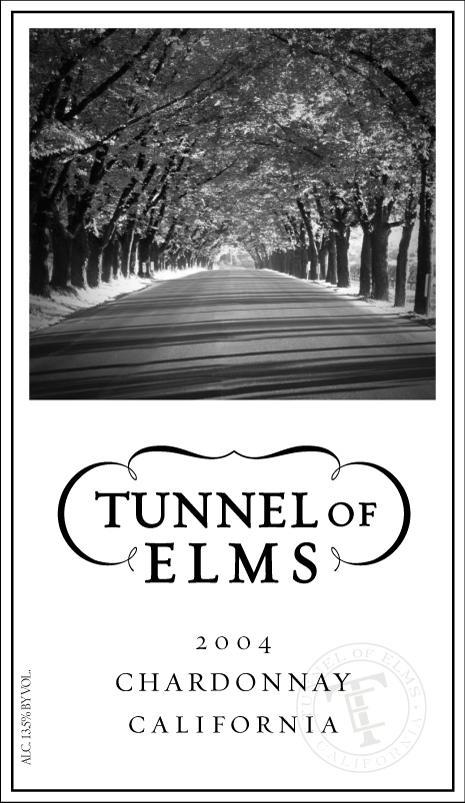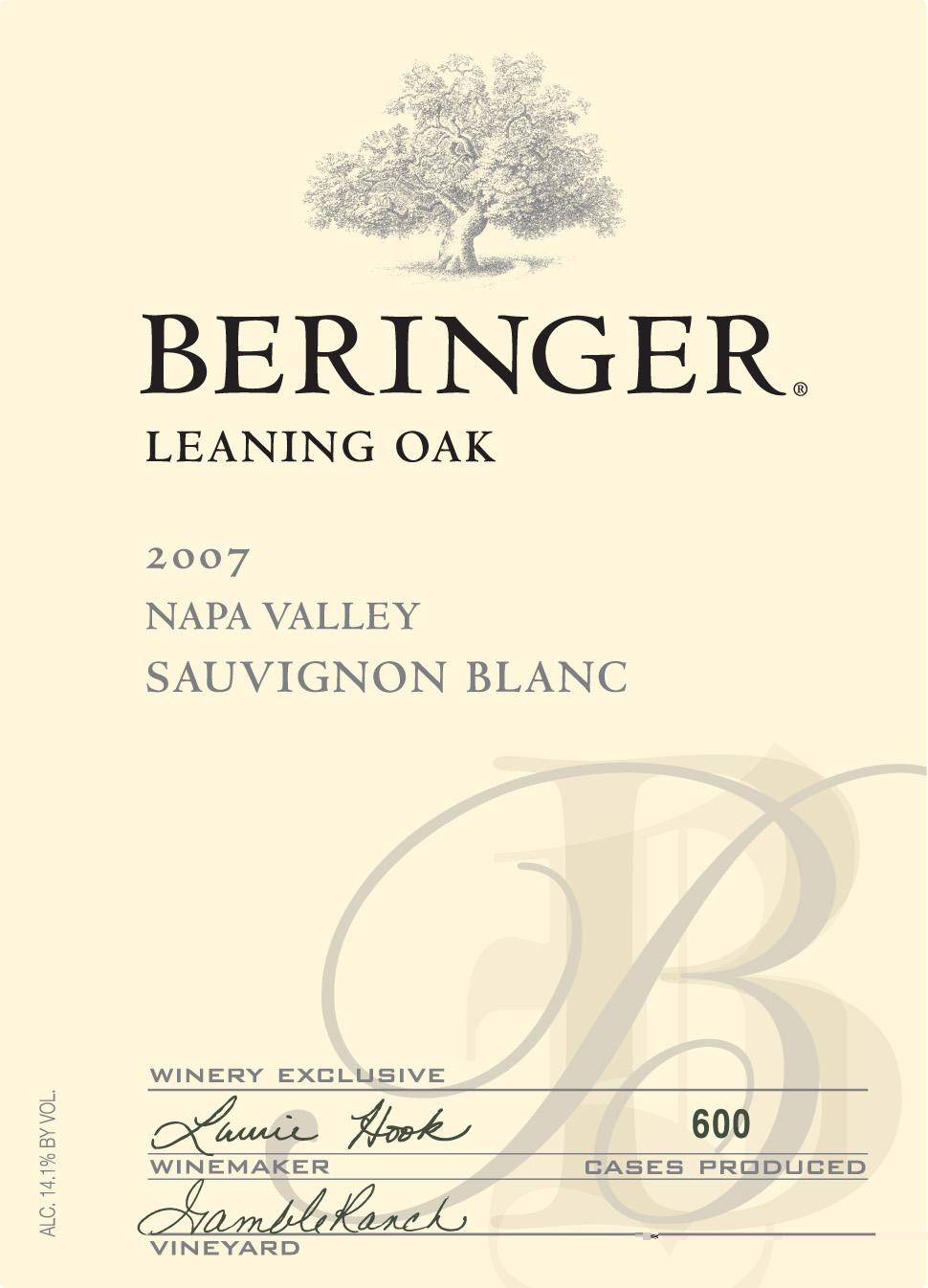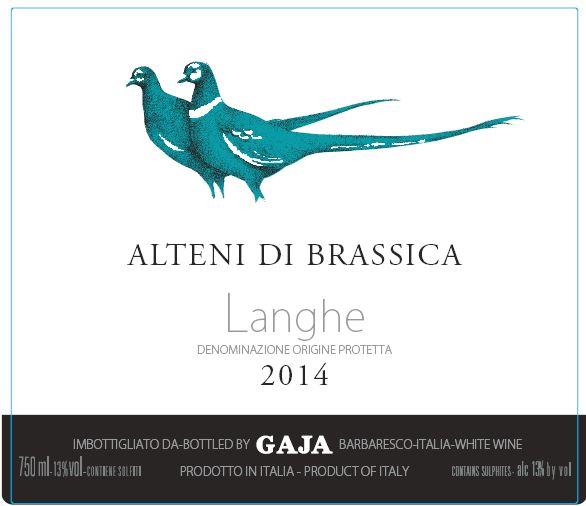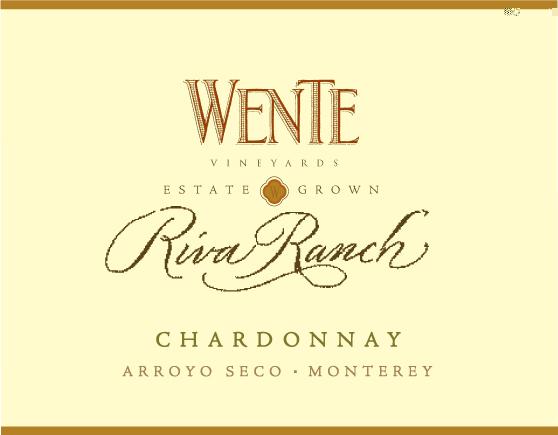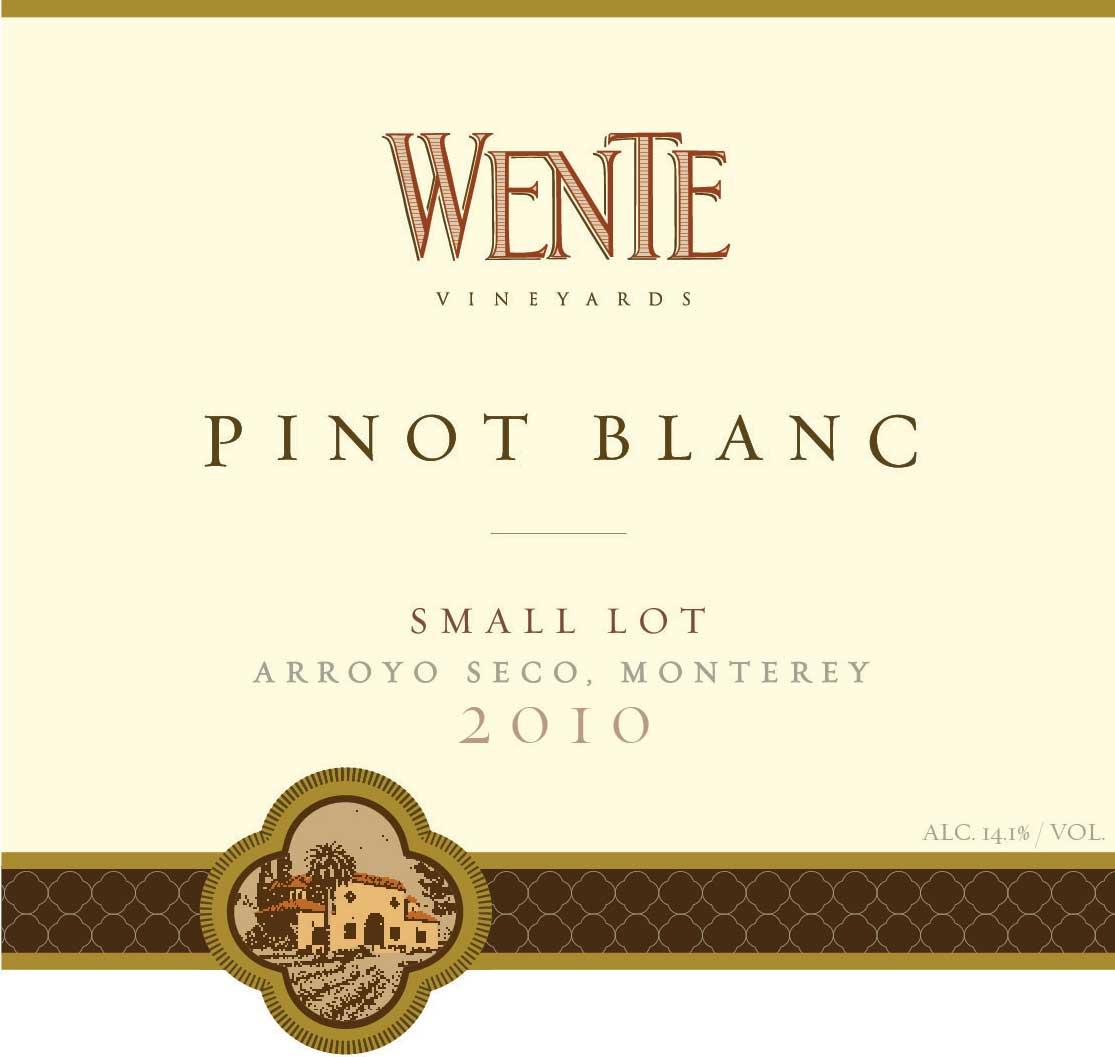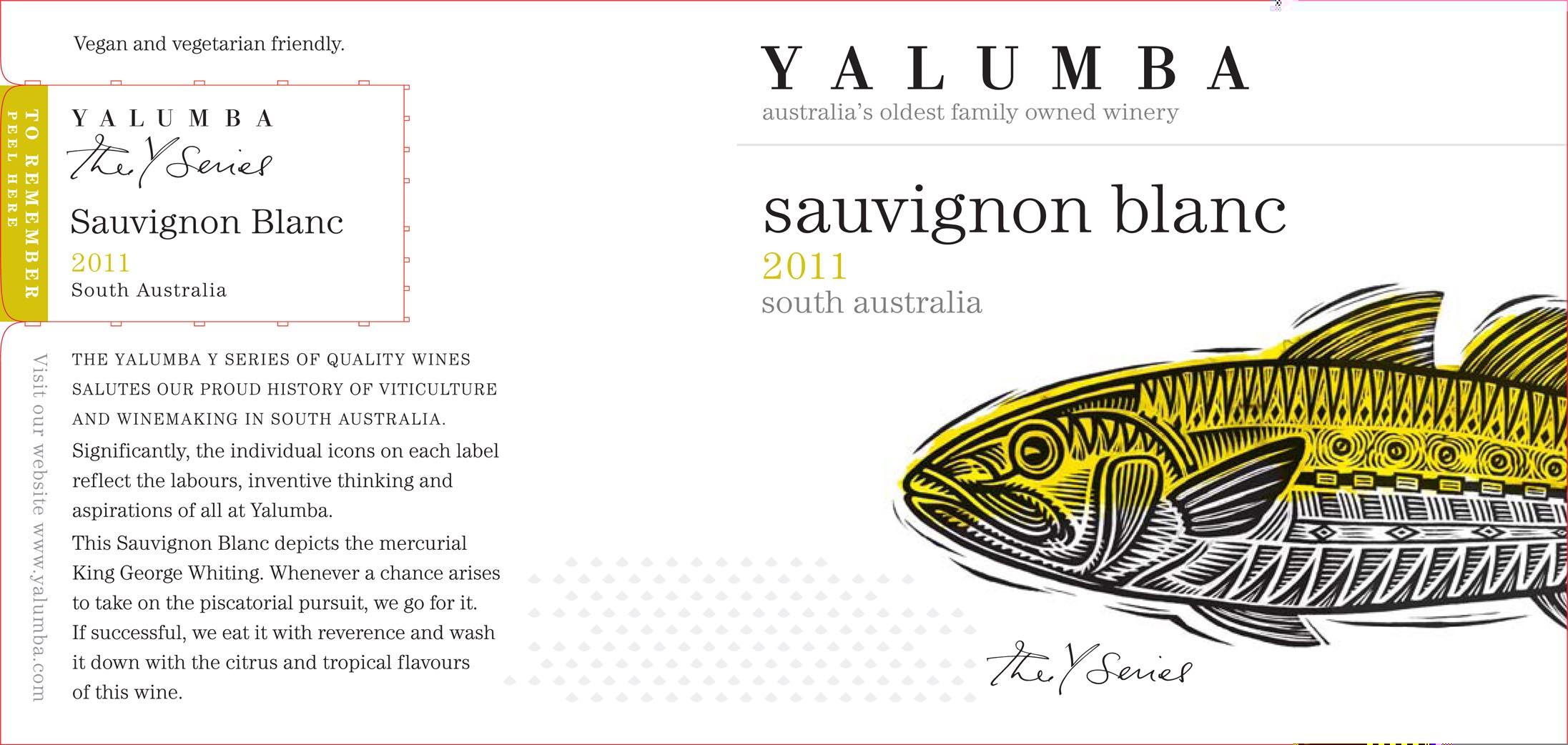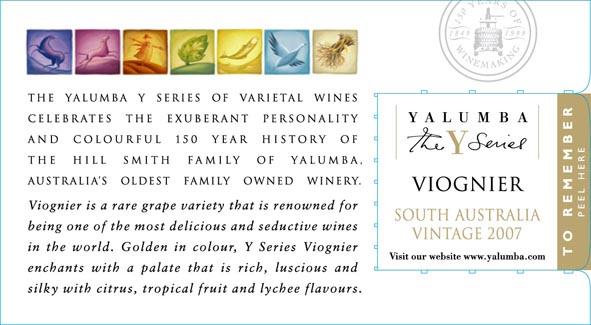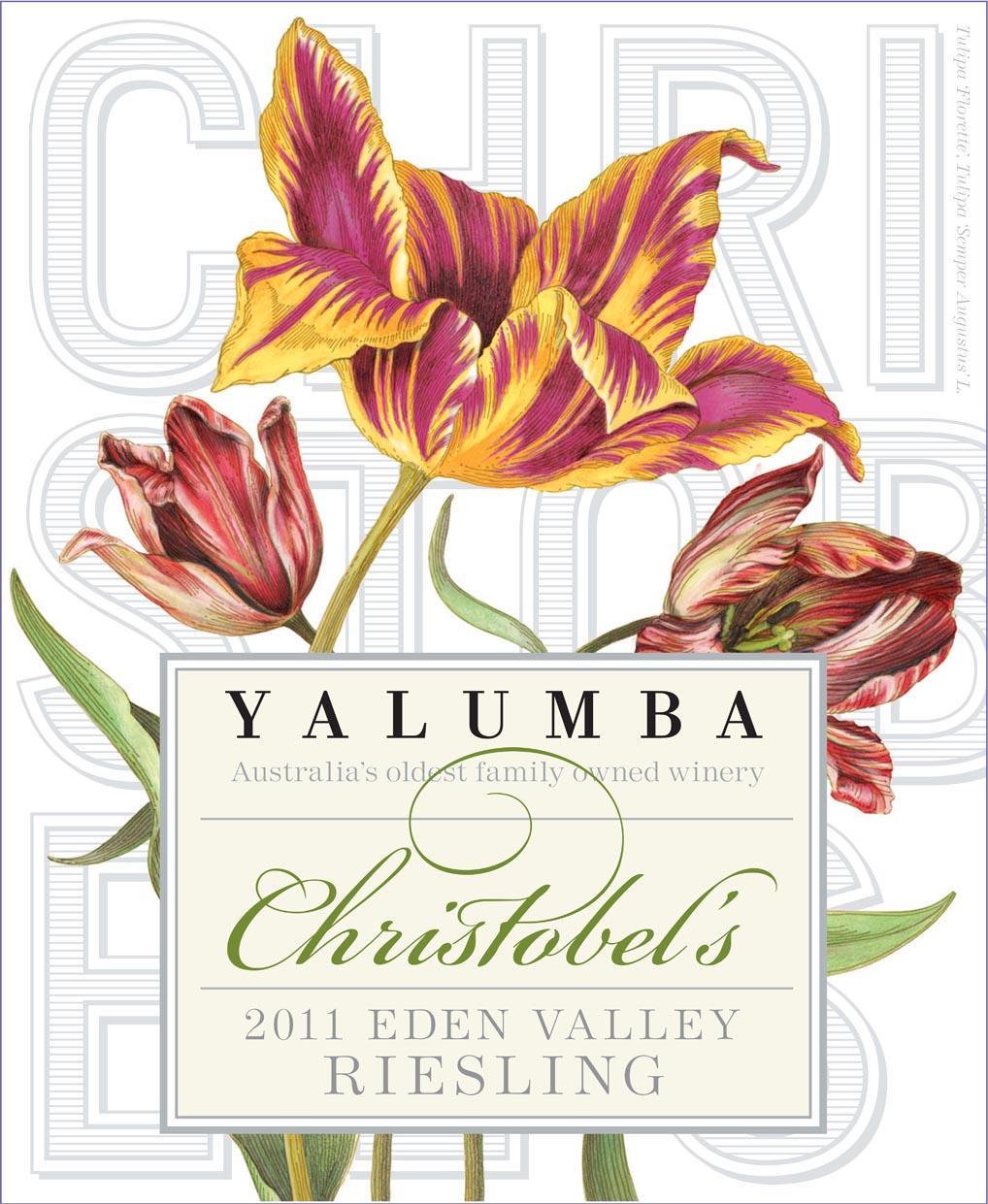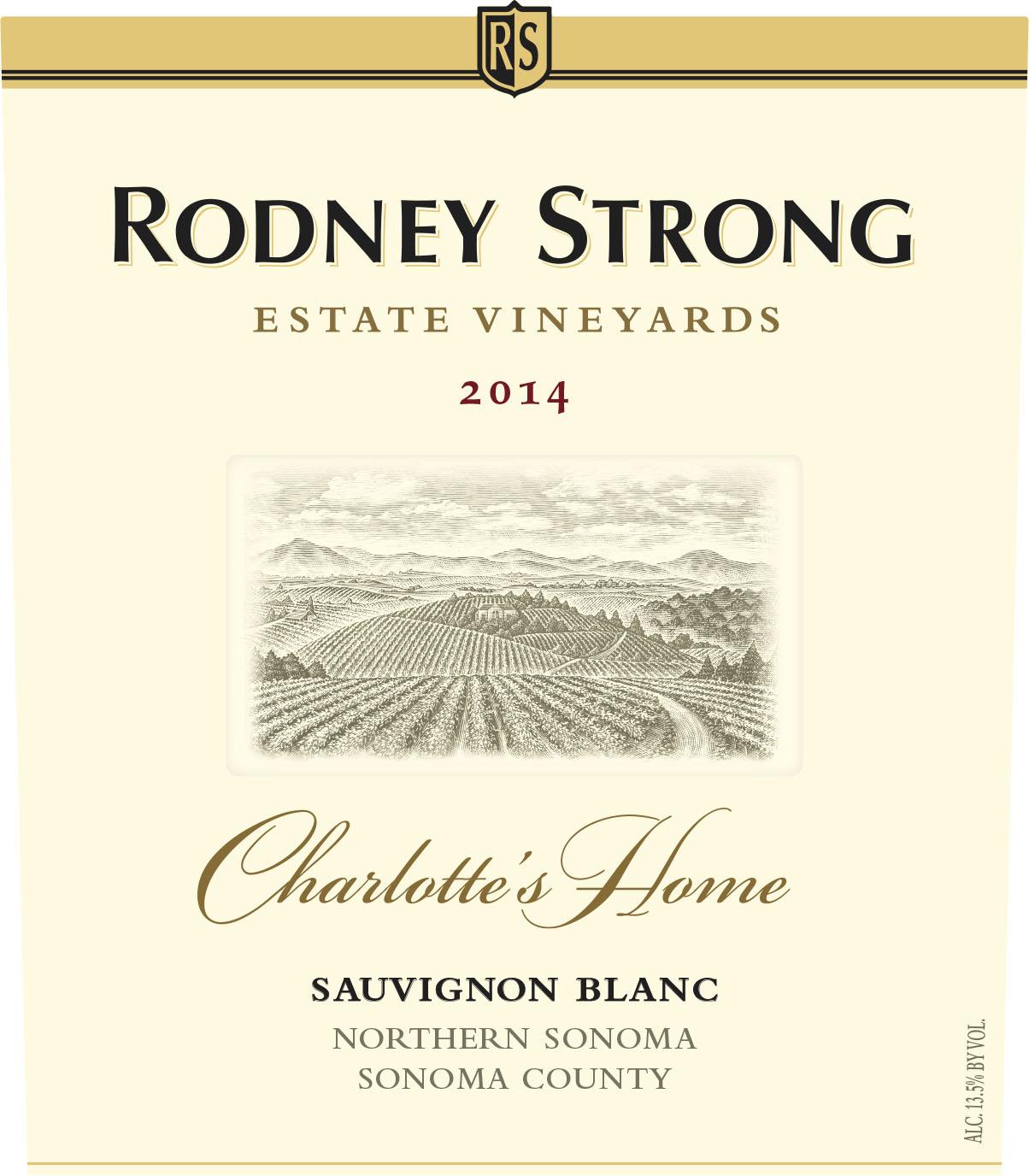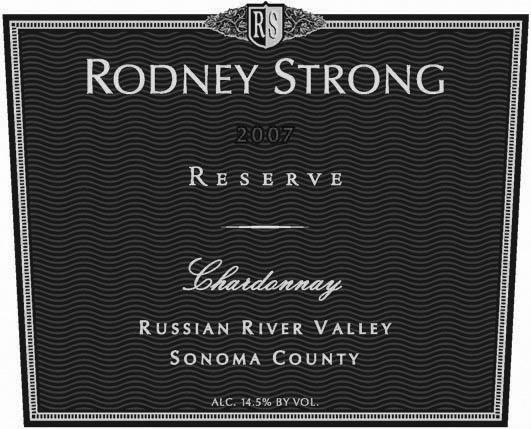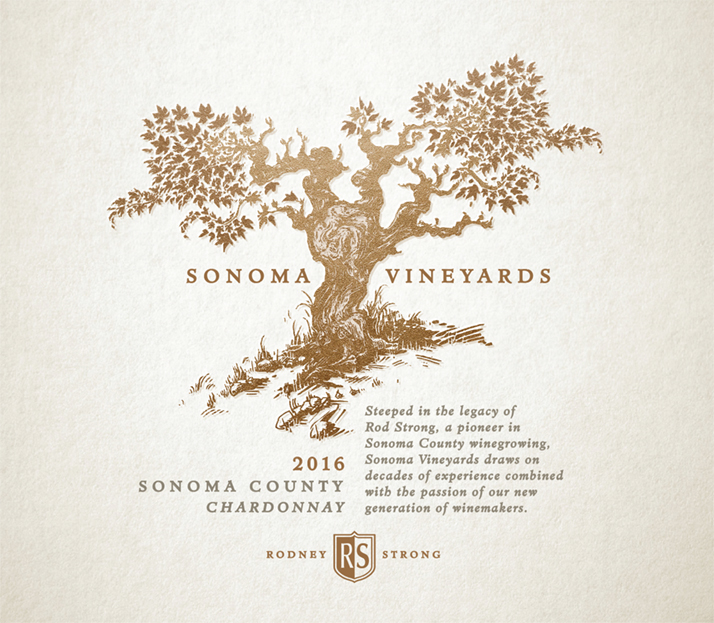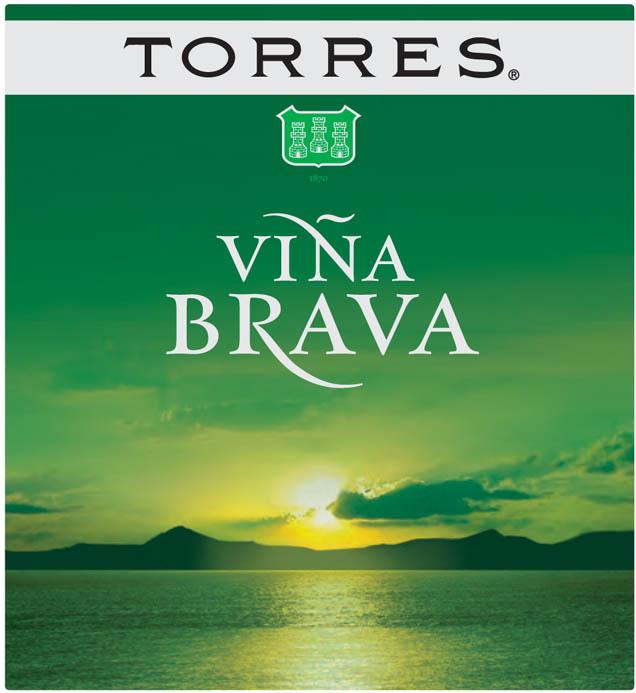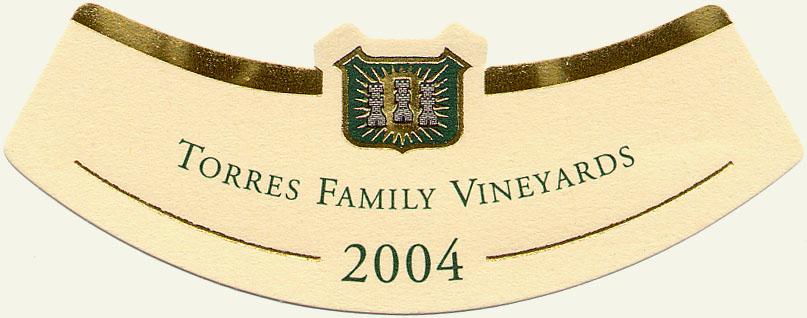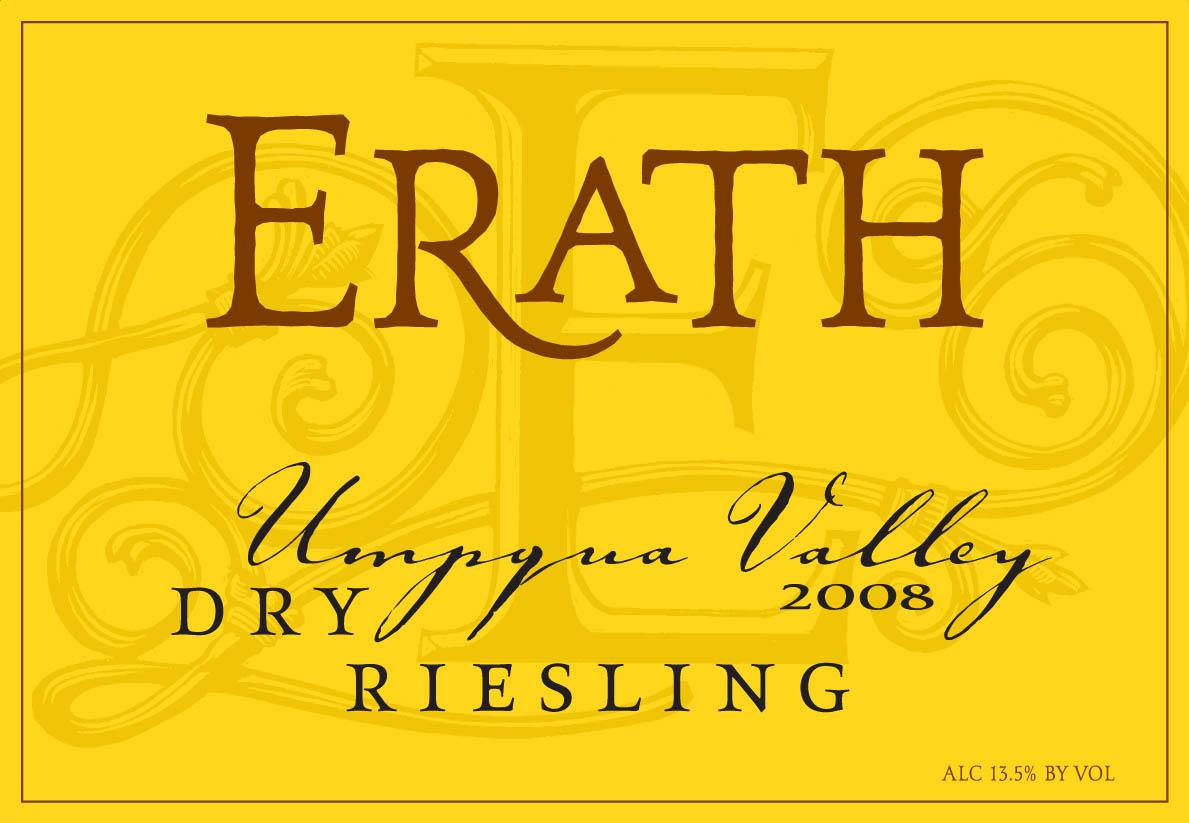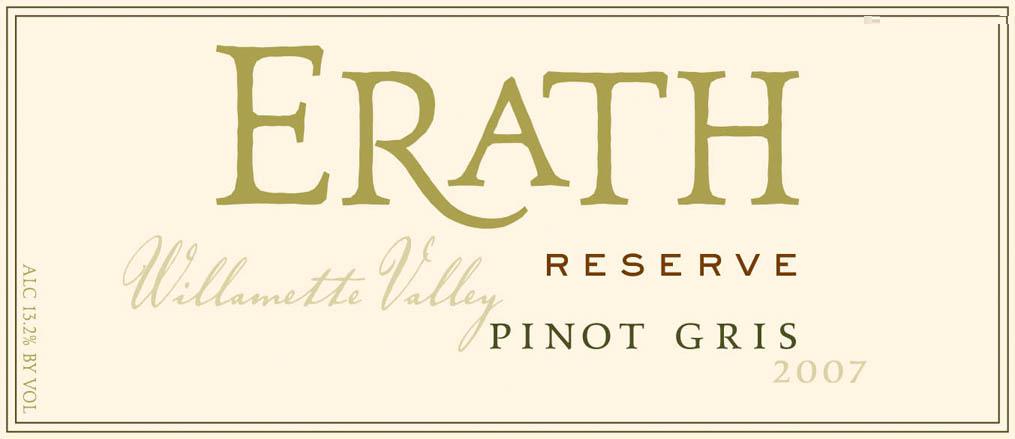Terroir of Mâcon-Lugny
The vineyards of Mâcon-Lugny sit at 200–300 meters high, overlooking the beautiful Saône valley. The land is made up of clay-limestone soils mixed with marl, which helps create wines with a unique mineral quality. Most vineyard plots face east or southeast, getting plenty of sun and good drainage. The area's semi-continental climate means warm, sunny summers and cold winters, making it one of Burgundy's warmer spots.
This climate leads to grapes with ripe fruit flavors, like tropical notes in warmer years. Cool nights help keep the wines' acidity and fresh aromas. Though moderate rainfall helps the vineyards, dry years can strain water supplies, especially on thinner soils. This requires careful management to maintain balance. Along with the limestone-rich soils and lots of sunshine, Mâcon-Lugny wines are known for being fruity, yet balanced with refreshing acidity and a hint of minerals.
Notable Wineries in Mâcon-Lugny
The Mâcon-Lugny area in the Mâconnais region of southern Burgundy is celebrated for its exceptional Chardonnay wines. Here are a few notable wineries that exemplify the region's winemaking excellence:
-
Cave de Lugny: As the largest producer, this cooperative represents hundreds of growers. Known for classic Mâcon-Lugny Chardonnay, their contemporary facility offers tastings of their fruit-forward wines.
-
Maison Louis Jadot: This esteemed winery produces Mâcon-Lugny Chardonnay, highlighting ripe orchard fruit with a subtle oak balance, capturing the essence of the region.
-
Maison Louis Latour: A prominent négociant, known for their Mâcon-Lugny Chardonnay with a richer oak influence, adding vanilla and spice to the wine's apple and citrus profile.
Sustainable Winemaking in Mâcon-Lugny
In Mâcon-Lugny, sustainability leads winemaking. Many vineyards have embraced HVE certification and organic farming, moving away from synthetic chemicals to boost soil health and biodiversity.
Growers plant cover crops like grasses and legumes to enhance soil quality and support beneficial insects. Integrated pest management techniques, such as pheromone disruption and minimal chemical use, are common to protect the vines naturally.
With the region's climate challenges, water and energy efficiency are crucial. Instead of routine irrigation, innovative frost protection methods are used, and many cellars are upgrading to energy-efficient technologies. There's also a shift to low-impact packaging, with lighter bottles and alternative closures reducing environmental footprints. These efforts reflect a commitment to preserving the unique terroir and the vibrant Chardonnay style that defines Mâcon-Lugny, ensuring its wines remain fresh and aromatic for future generations.
Wine Tourism in Mâcon-Lugny
Wine tourism in Lugny, nestled in the Mâconnais region of Burgundy, offers an immersive experience into the world of Chardonnay. Visitors can explore the scenic wine routes with breathtaking views over the Saône valley.
The Cave de Lugny is a highlight, providing scheduled tours and tastings of their renowned Mâcon-Lugny wines. The region's small estates welcome advance bookings for intimate cellar visits, often paired with local cheeses and charcuterie.
Outdoor enthusiasts can enjoy hiking and cycling along quiet country paths, experiencing the rolling hills and vineyards. Nearby attractions include the historic town of Cluny, where cultural exploration pairs seamlessly with wine tasting.
Seasonal wine fairs in Mâcon enhance the experience, offering a blend of local tradition and modern winemaking. This region's focus on sustainable practices ensures its wines remain fresh and aromatic, preserving the unique terroir for future generations.



